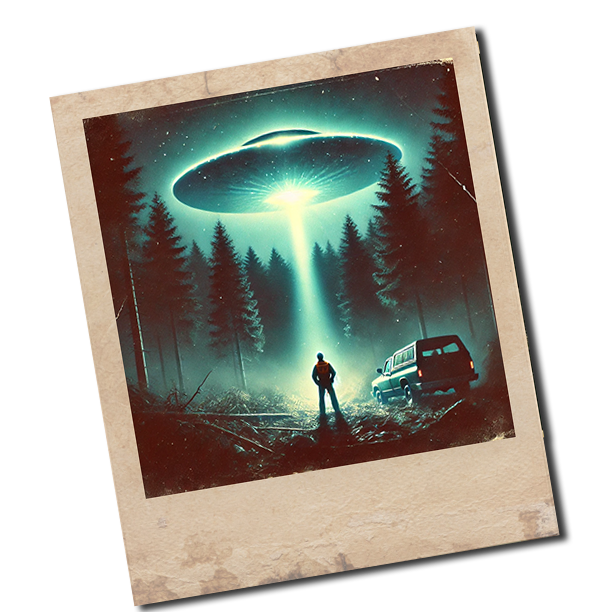UFOLOGY Glossary Series - P
A series to help people new to the topic understand the terms, concepts, and language used in the study of UFOs and alien phenomena.
The world of ufology is vast, mysterious, and often overwhelming for newcomers and seasoned researchers alike. With decades of reports, theories, terminology, and classifications, understanding the language of UFO research is essential for making sense of the phenomena.
This Ufology Glossary is designed to be a living, evolving reference guide for anyone interested in the study of unidentified flying objects, alien encounters, and the deeper mysteries of our universe. Whether you're exploring government disclosures, diving into abduction accounts, or just trying to decipher terms like “CE-5” or “anti-gravity propulsion,” this glossary is your companion through the strange and fascinating world of UFO phenomena.
Each entry is organized alphabetically and includes clear, concise definitions to help demystify the language used by researchers, experiencers, and theorists across the field.
We begin with the letter A, and from there, the glossary will continue to grow—entry by entry, mystery by mystery.
Pleiadians (Pleiadian Beings)
Tall, human-like extraterrestrials said to originate from the Pleiades star cluster. Often described as spiritual, peaceful, and concerned with humanity’s development. Primarily reported in contactee cases from the 1970s onward, particularly in channeled or metaphysical accounts.
Physical Trace Case
A UFO encounter that leaves behind physical evidence—such as scorched ground, broken branches, magnetic anomalies, or chemical residue. These cases provide tangible material for scientific investigation.
Paralysis Beam
A light or energy emitted from a UFO that causes temporary paralysis in humans or animals. Frequently reported in abduction cases and CE-3 encounters.
Plasma UFOs
A class of sightings involving glowing, amorphous shapes of energy. These may appear as orbs, shifting blobs, or fireballs—sometimes linked to ball lightning but exhibiting intelligent movement.
Projection Screen Effect
A term used in abduction research to describe how aliens may mask their appearance using mental overlays—often appearing first as animals, loved ones, or generic humans before revealing their true form.
Pilot Encounters (UFO Cases)
UFO sightings reported by military or commercial pilots. These are often highly credible due to the observers’ training and the availability of radar, flight logs, and cockpit instrumentation.
Psychic Communication (Alien Contact)
A form of contact where messages, emotions, or instructions are transferred directly into the witness’s mind. Reported across many abduction and CE-5 cases, often described as clear, emotionless, or symbolic.
Portals (Dimensional Access Points)
Hypothetical gateways that allow beings or craft to travel between dimensions or distant parts of space. Sometimes reported as shimmering air, spinning vortexes, or flashes of light near UFOs.
Pascagoula Entities
Alien beings described by Charles Hickson and Calvin Parker during their 1973 abduction in Mississippi. Described as tall, with carrot-like heads, wrinkled skin, and claw-like hands. Their robotic, floating movement set them apart from typical Grey reports.
Phenomenon (The Phenomenon)
A catch-all term often used in modern UFO research to refer to the broad range of unidentified aerial and paranormal events—especially those that blend physical, psychological, and high-strangeness aspects.







